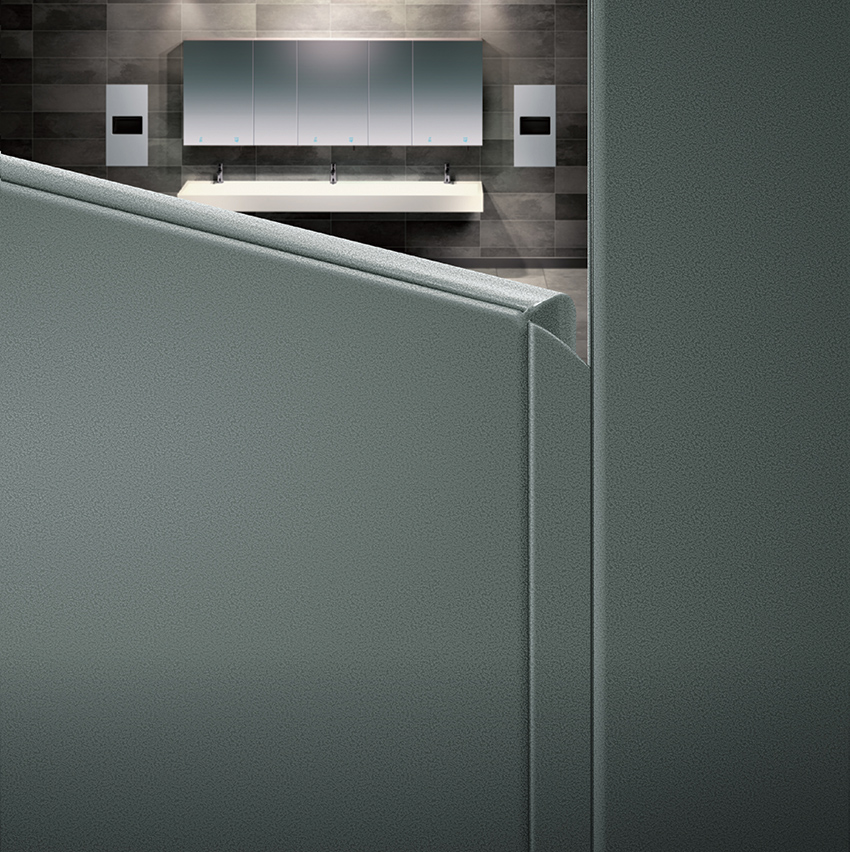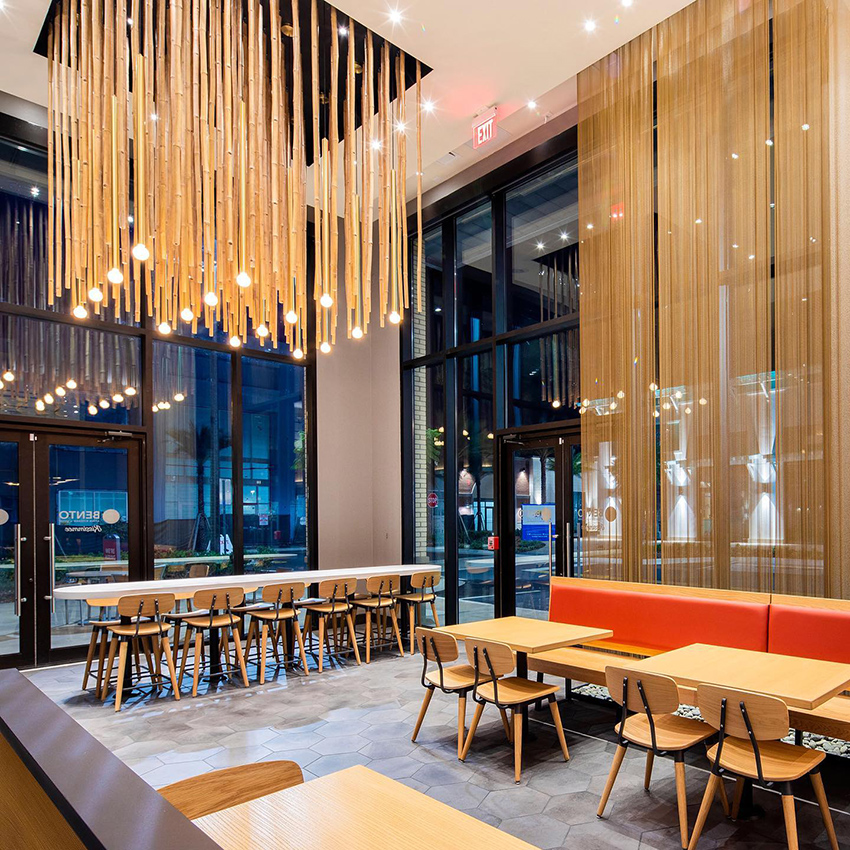It’s a Material Thing
Certified Benefits – Meeting Certification Goals With Preserved Gardens
Whether it’s a custom planter insert, wall or ceiling garden, or a custom-shaped garden integrating a logo, the versatility of elements available for the creation of preserved garden installations allow for seamless integration into built environments. With an average depth of 3 inches for vertical applications, incorporating preserved gardens is as simple as adding a framed picture.
But biophilic elements can fall short if their materials do not support their health claims. Preserved garden suppliers should be committed to product transparency, sustainable design, and safety. To be certain of the quality of the specified product, request the following third-party certifications:
- ASTM E84 (third party) testing completed for all Preserved Garden Types (not only for Lichen/Reindeer moss) and are categorized as Class 1 (& A) for Flame Spread and Smoke Index.
- A published Health Product Declaration (version 2.2) to disclose the ingredients in the system, up to 1000 parts per million. A published Health Product Declaration (HPD) allows the project teams to specify the products with confidence.
- Installations that are offered with a warranty.
- Installations that offer rejuvenation services after a period of years or in case there is a light or sun damage.
- Installations that contribute to achievement of LEED v4.1.
- Installations that contribute to achievement of WELL Building Standard v.2.
- Installations that contribute to achievement of Fitwel.
- Installations that comply with BREEAM.
- Compliance with California Department of Public Health’s VOC standards for both Classroom and Office Scenarios.
- Compliance with “Healthy Hospitals Initiative.”
- Listed in the mindful MATERIALS database.
- Listed in the Transparency Catalog.
- Certified as Red List Free.
- Reuse, Reduce, Repurpose, Recycle, Composting programs that demonstrate commitment to minimize landfill.
- 100% Biobased Carbon Content per ASTM 6866 to secure no off-gassing.
Additionally, some preserved garden installations can offer sound absorbing properties, to help with acoustic levels indoors. These should be tested in accordance with ASTM C423-9a, to verify the wall garden installation’s noise reduction coefficient (NRC).
A Lens on Mental Health: Neurodiversity and Plants
Between 30% and 40% of the population are thought to be neurodiverse, according to ADHD Aware.10 This includes neurodiverse conditions such as ADHD, autism, dyspraxia, dyslexia, and Tourette’s syndrome. Neurodiversity refers to variations in human neurocognitive functioning; the different ways people think, process information, and relate to others.
Global design firms Tarkett and HOK explore challenges for the neurodiverse and how workplace environments can be adapted in their ‘Sensory Processing, Neurodiversity and Workplace Design’ April 2022 report.11 HOK and Tarkett conducted a survey of 202 neurodiverse employees in the United States, United Kingdom, and Canada to help identify key sensory issues in office environments. Genius Within, an organization dedicated to helping neuro-minorities maximize their potential, provided advisory services to help address how issues can be resolved through workplace design and strategy.
The survey found several challenges these individuals face when it comes to workplaces, noting that a majority (77%) of respondents reported being hypersensitive to noise and sound in the workplace. Over half of the respondents (62%) were hypersensitive to visual distractions, including movement, color, and light, in the office. Women surveyed reported greater overall sensory sensitivity challenges in the workplace when compared to men, particularly when it came to temperature and light: 62% and 59%, compared to 46% and 44%, respectively.
The report recognized several design solutions to better facilitate working conditions. These include offering all employees a diverse range of workspaces from which to choose, ranging from open office environments to private rooms to help better address sensory stimulations. Spaces that support and encourage physical movement and natural light were ranked highly by survey respondents as supportive and inclusive.
The benefits of embracing nature in design and material stand out. Elements of biophilic design, including natural light, connecting to nature and natural materials, and experience of space and place enable a better and more productive experience for the neurodiverse. The evidence for the restorative qualities of biophilic attributes, or the extent to which the presence of such elements in a built environment can help foster recovery of stress and mental fatigue, has been studied. Empirical evidence supports the use of plants, water, wood, and other natural materials in creating spaces that provide an opportunity for human well-being.12
Design in the built environment should be committed to helping bring natural elements to the forefront. As individuals today spend more than 90 percent of their time indoors, they are increasingly disconnected from meaningful, natural interactions. The biophilic design revolution not only has aesthetic and energy benefits, it also positively engages the whole person of the occupant. By combining natural light, natural materials, water features, plants, and natural greenery into innovative designs, mental health, mood, productivity, and circadian rhythms of occupants are better regulated.
Notice

www.cascade-architectural.com

www.gardenonthewall.com










